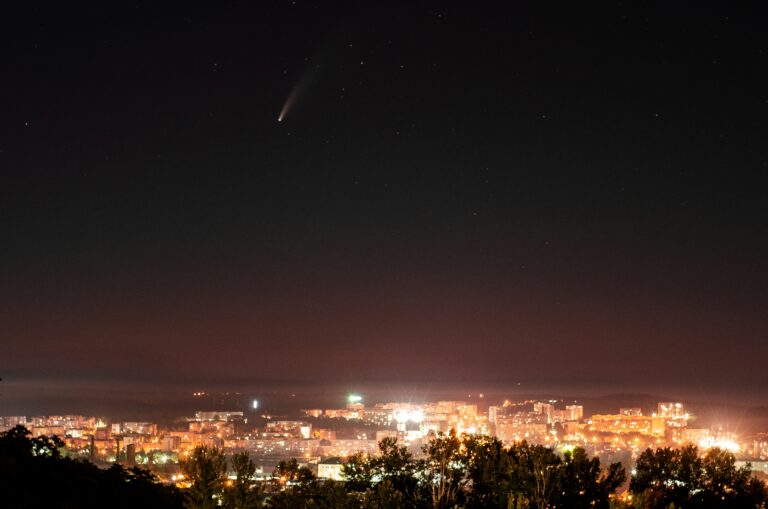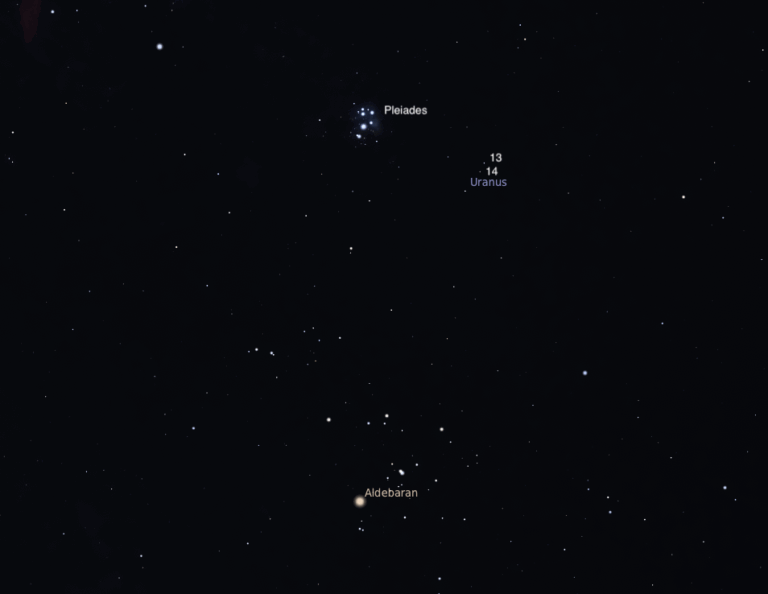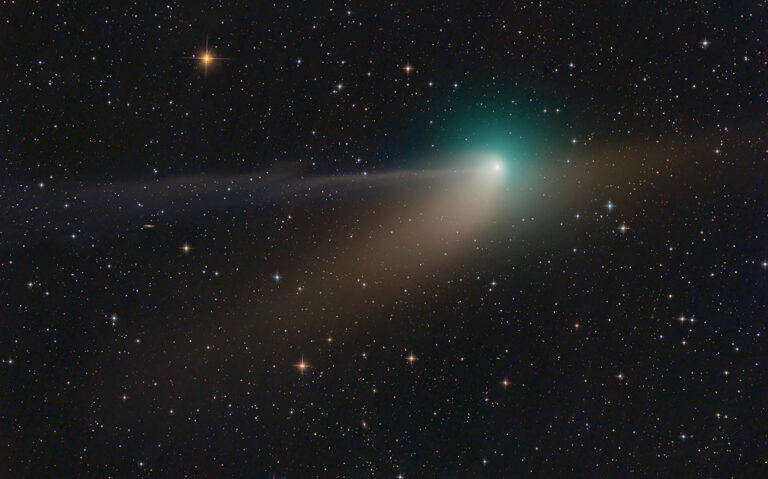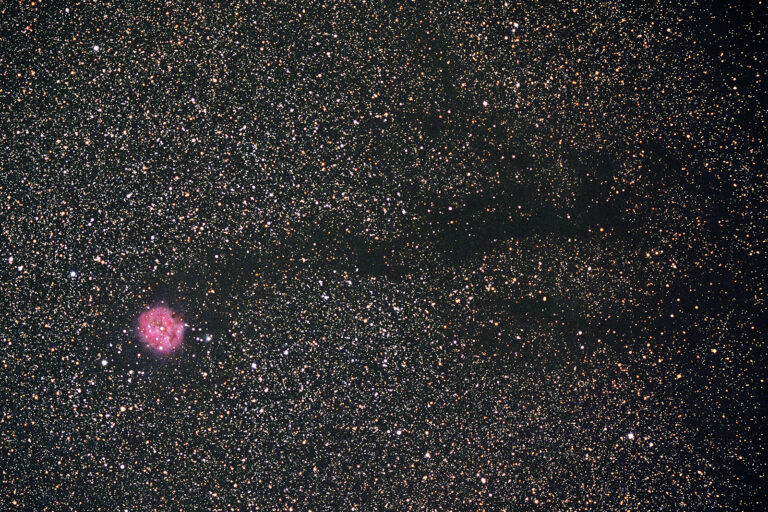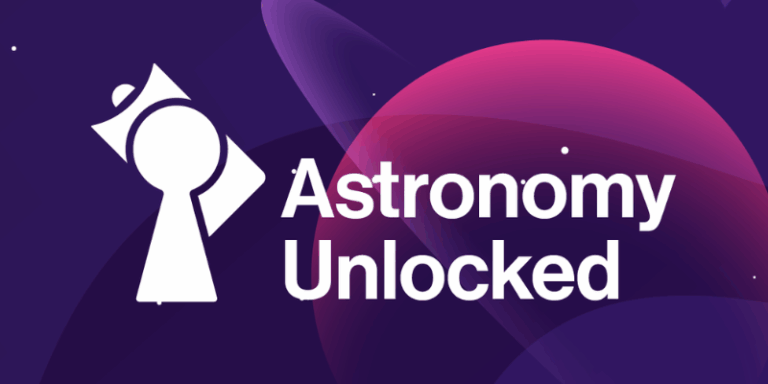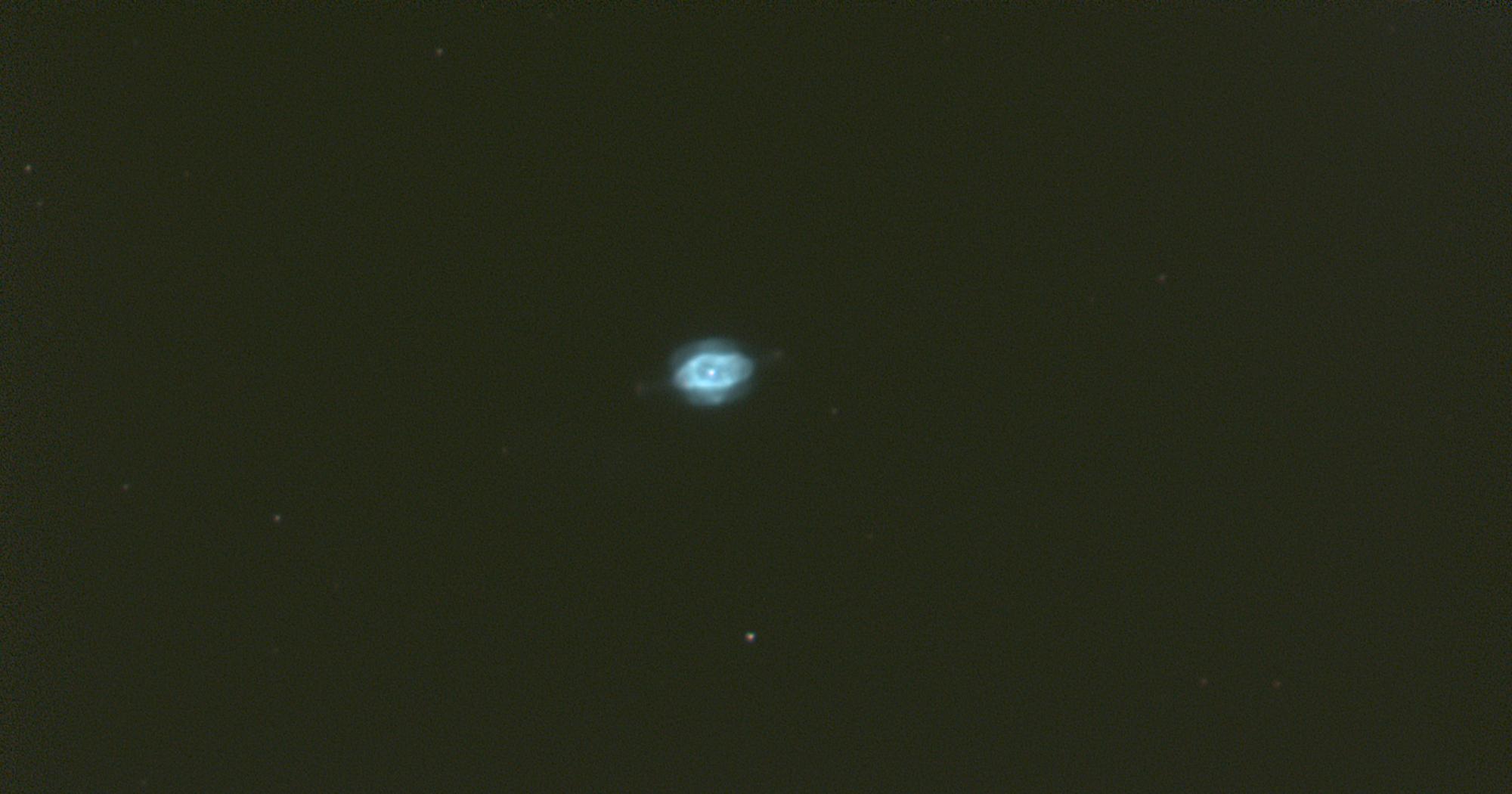
Key Takeaways:
- The primary focus for observational astronomy on October 11, 2025, is the Saturn Nebula (NGC 7009).
- NGC 7009, an 8th-magnitude planetary nebula, is located in western Aquarius, observable around 8–9 P.M. local daylight time, benefiting from pre-moonrise dark skies.
- This nebula exhibits a spherical bubble and two ansae, contributing to its Saturn-like appearance, and formed from the material ejected by a dying central star (magnitude 11.5).
- Supplementary observational notes include a transit of Io and Europa across Jupiter on the same date, along with local times for sunrise, sunset, moonrise, moonset, and the Moon's waning gibbous phase (57%).
Looking for a sky event this week? Check out our full Sky This Week column.
October 11: Io and Europa cross Jupiter
Now that spooky season is upon us, let’s chase some cosmic ghosts. Tonight we’re seeking the Saturn Nebula (NGC 7009), a planetary nebula that, as its name implies, looks like a ghostly version of the ringed planet.
You’ll find this nebula in western Aquarius, highest in the southern sky around 8 or 9 P.M. local daylight time. As a bonus, this is before the Moon rises and the sky should be dark, aiding the view.
NGC 7009 glows at 8th magnitude; snagging it through a telescope is relatively easy, though the larger your scope, the better the view. Once you’ve found it — just over 1° west of magnitude 4.5 Nu (ν) Aquarii — switch to high magnification to bring out details. In particular, this nebula comprises a spherical bubble as well as two projections, called ansae, which lend it the likeness of Saturn and earn it the common name.
NGC 7009 is a planetary nebula, but it has nothing to do with planets. Instead, it has formed as the aging star inside it dies, blowing off material into space and lighting it up from within. That central star shines at magnitude 11.5, also visible in a telescope.
Sunrise: 7:08 A.M.
Sunset: 6:24 P.M.
Moonrise: 10:45 P.M.
Moonset: 1:52 P.M.
Moon Phase: Waning gibbous (57%)
*Times for sunrise, sunset, moonrise, and moonset are given in local time from 40° N 90° W. The Moon’s illumination is given at 10 P.M. local time from the same location.


